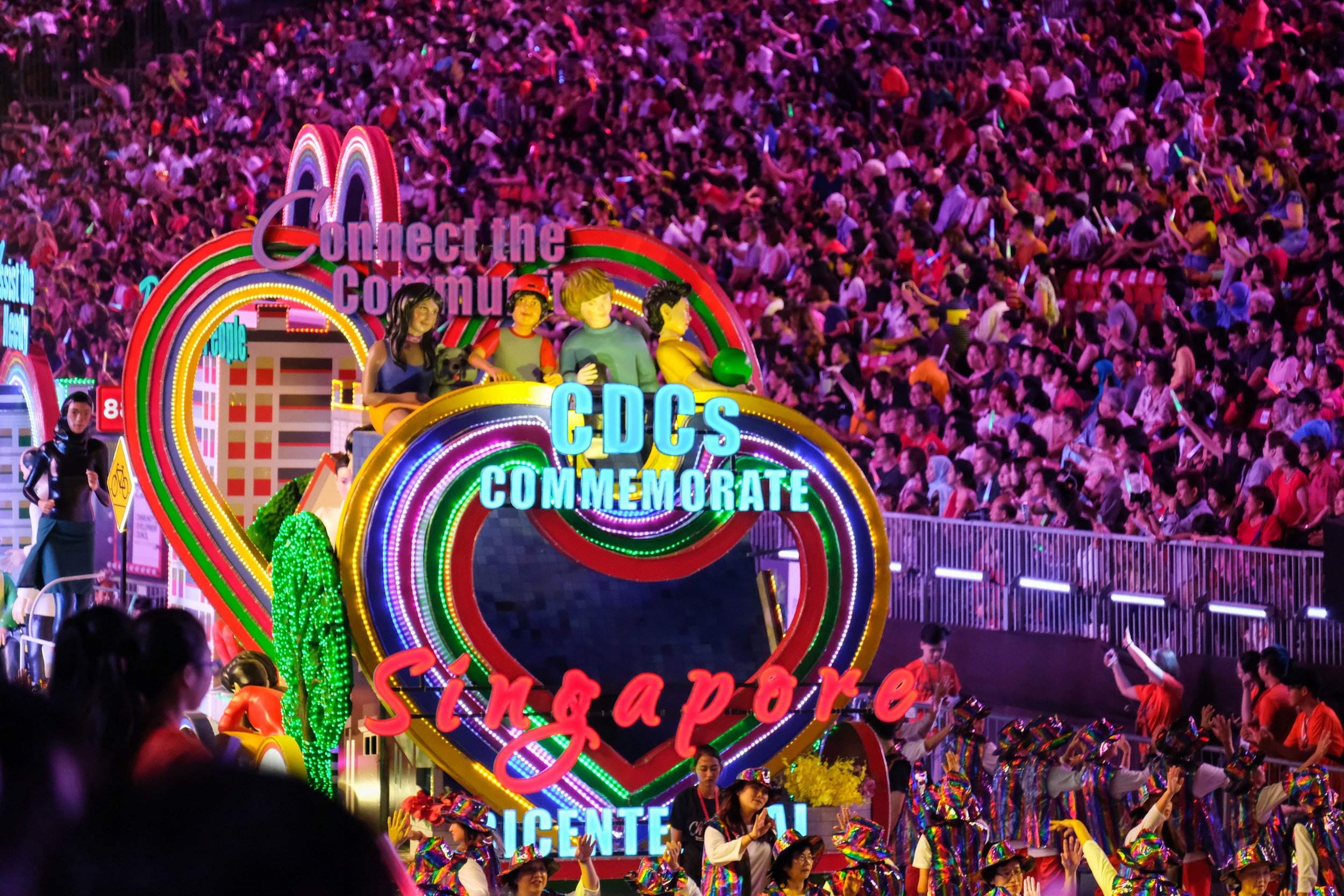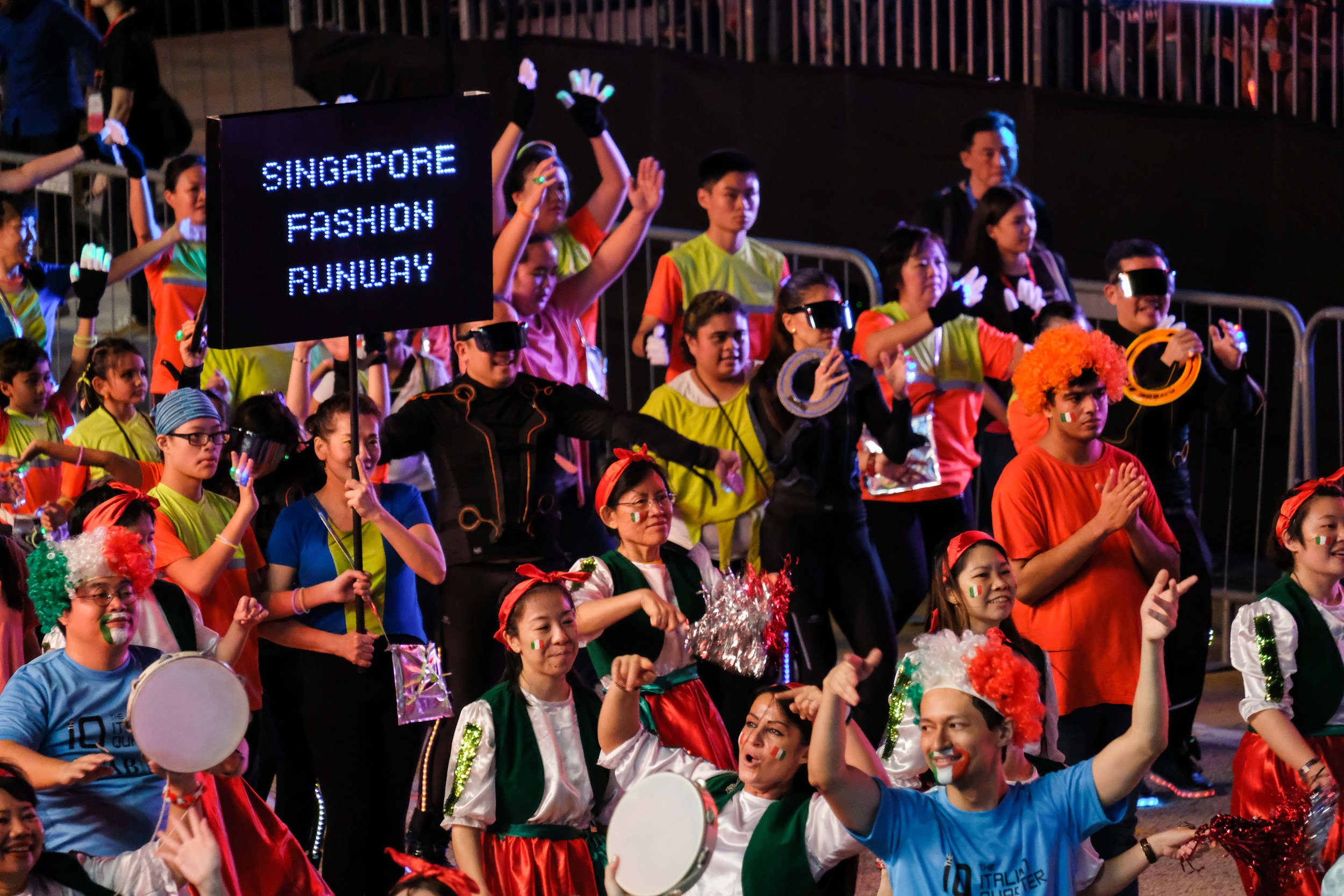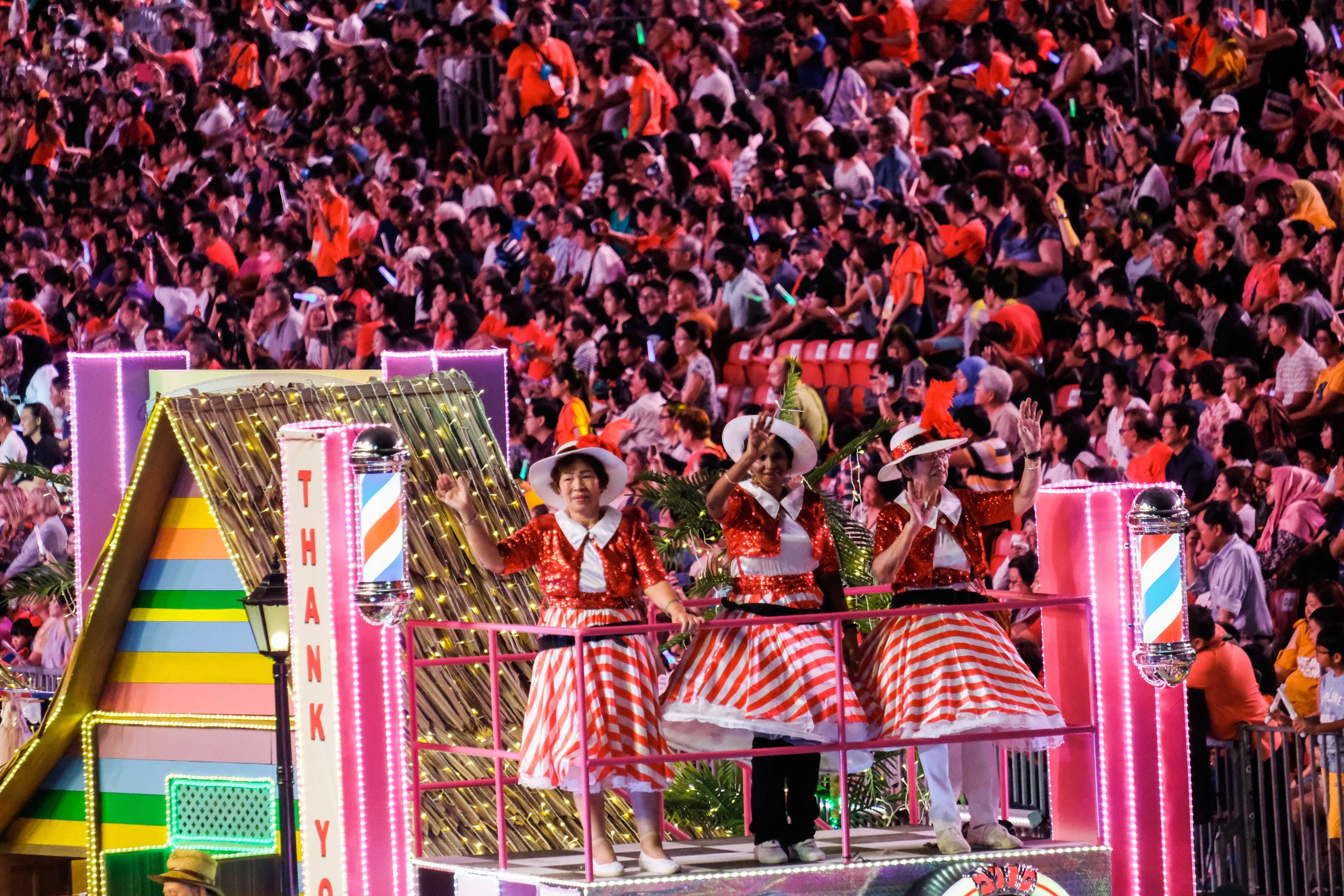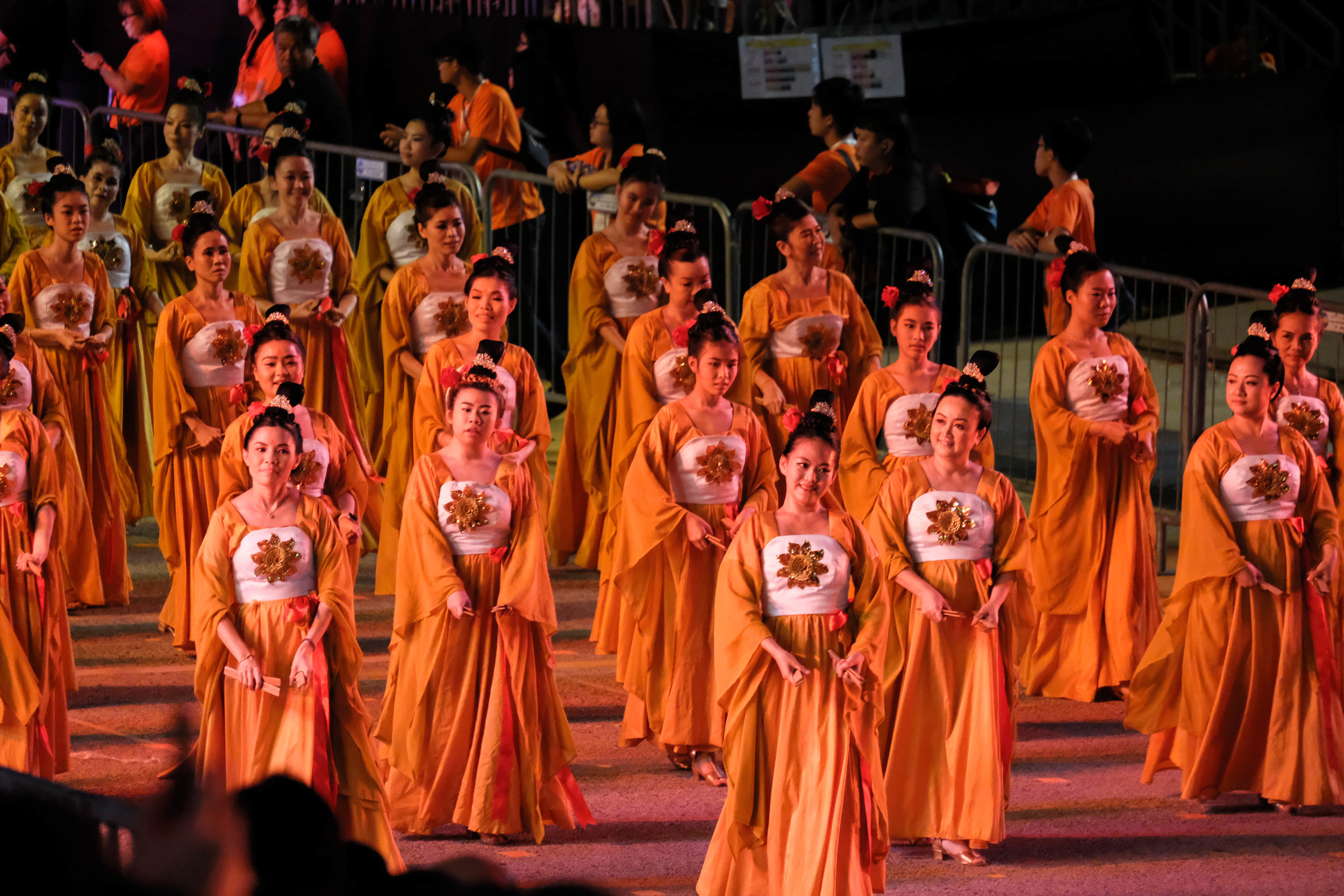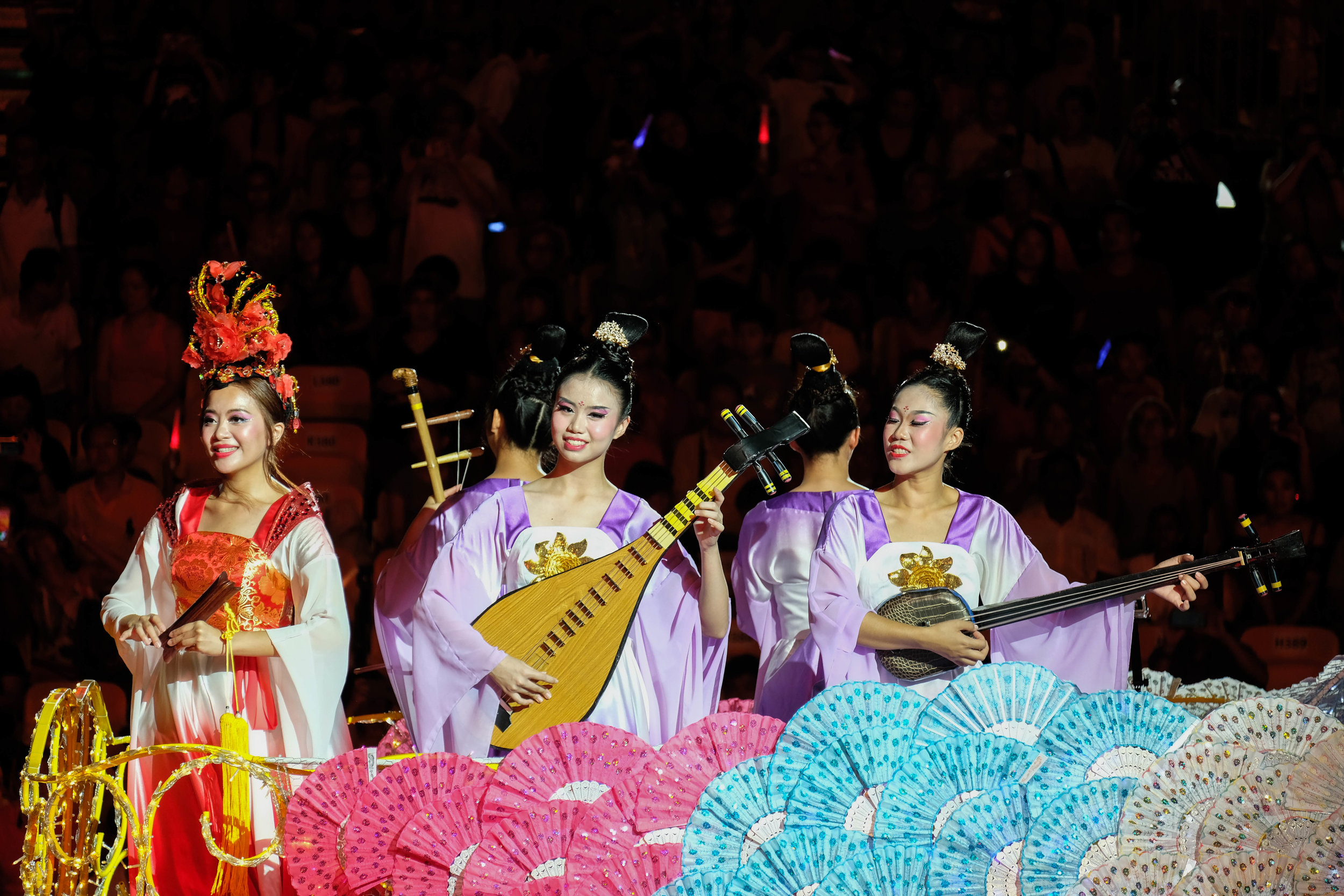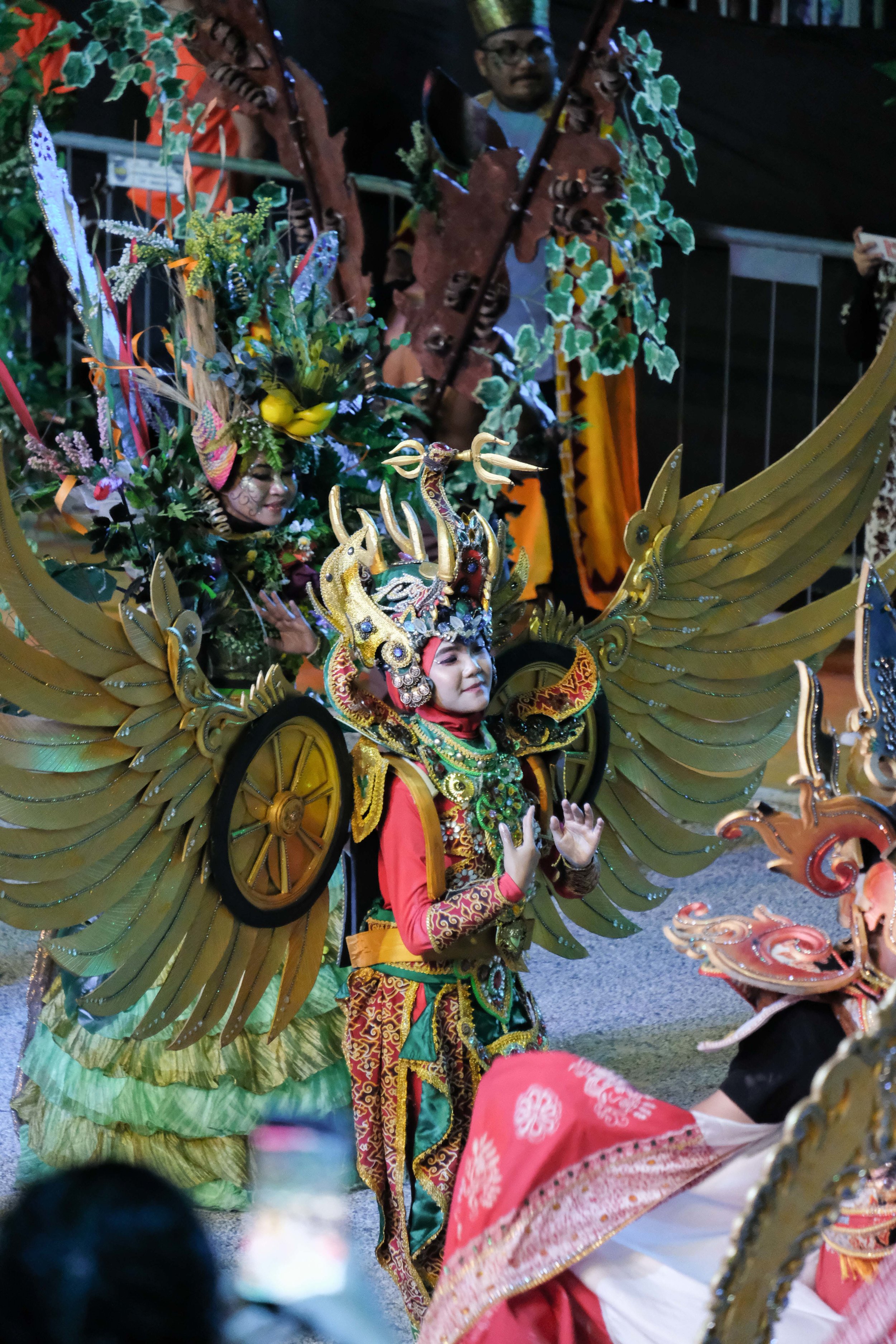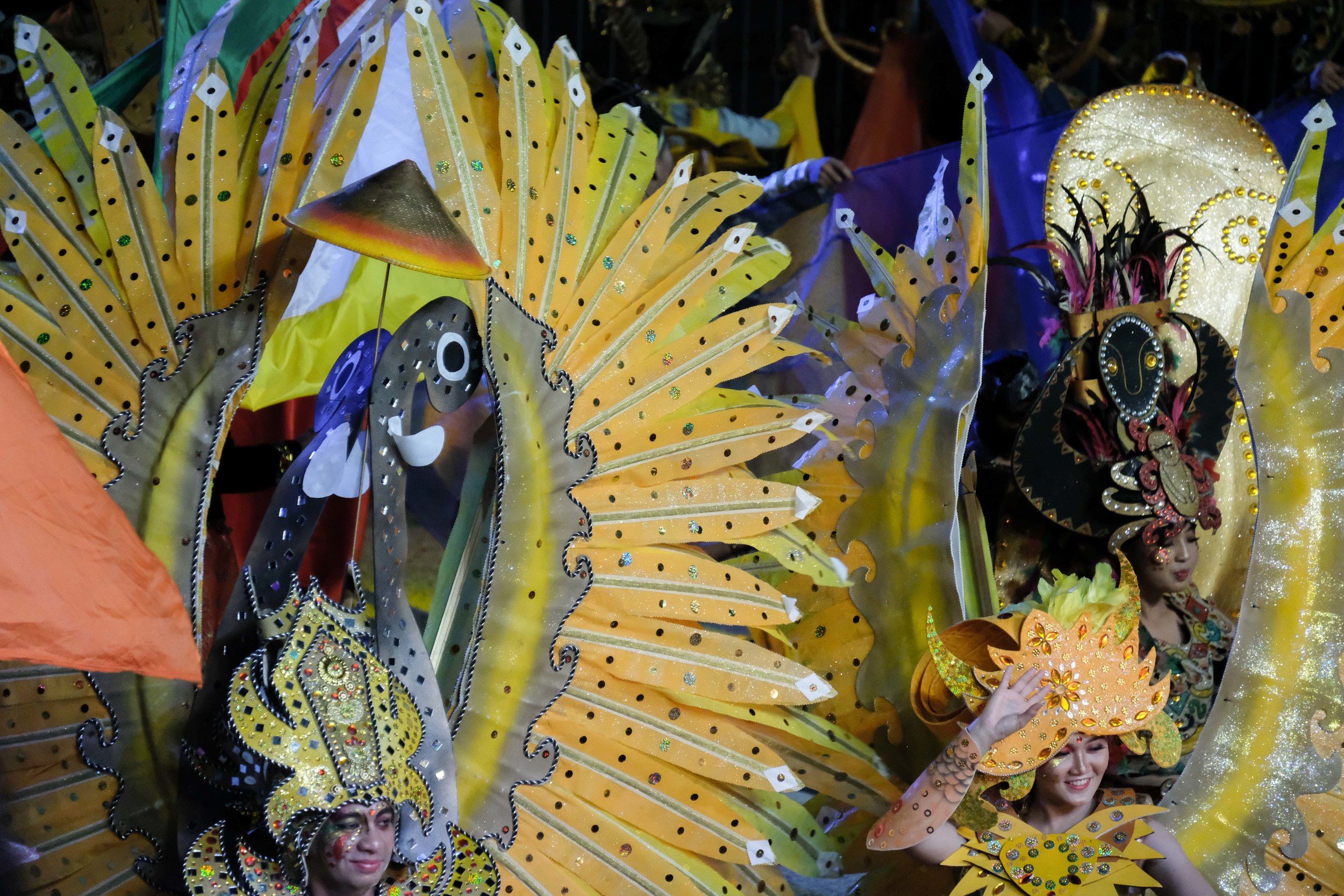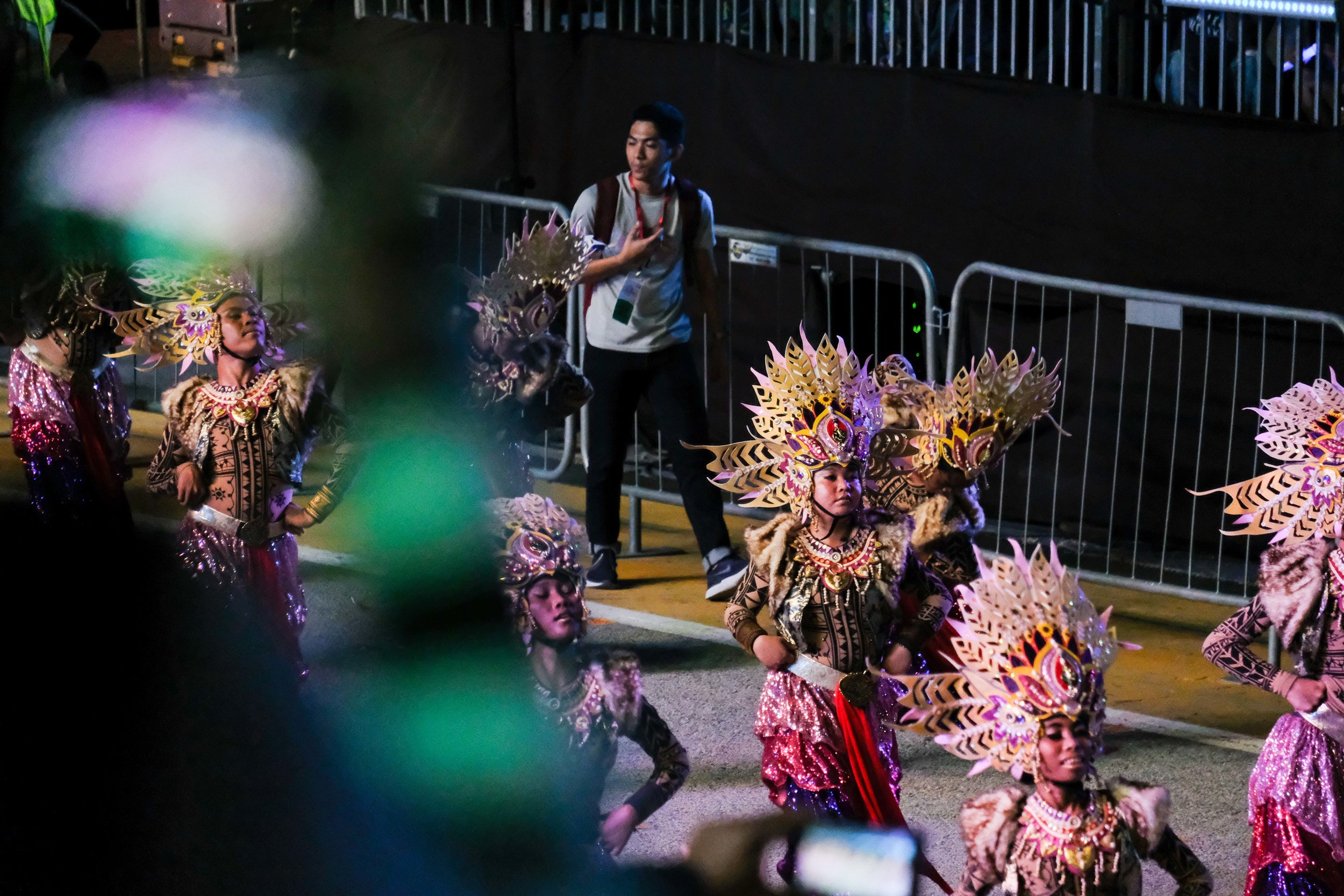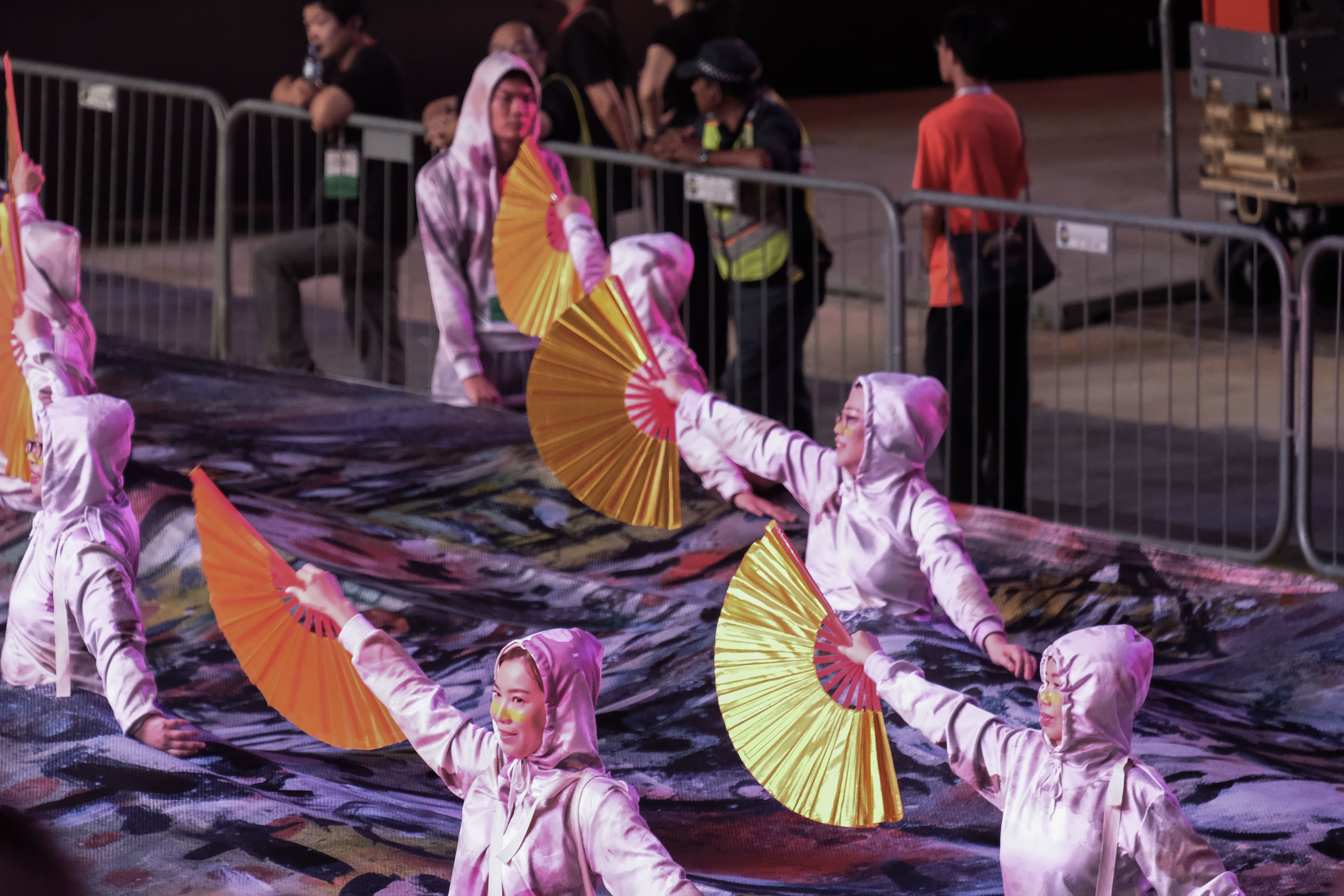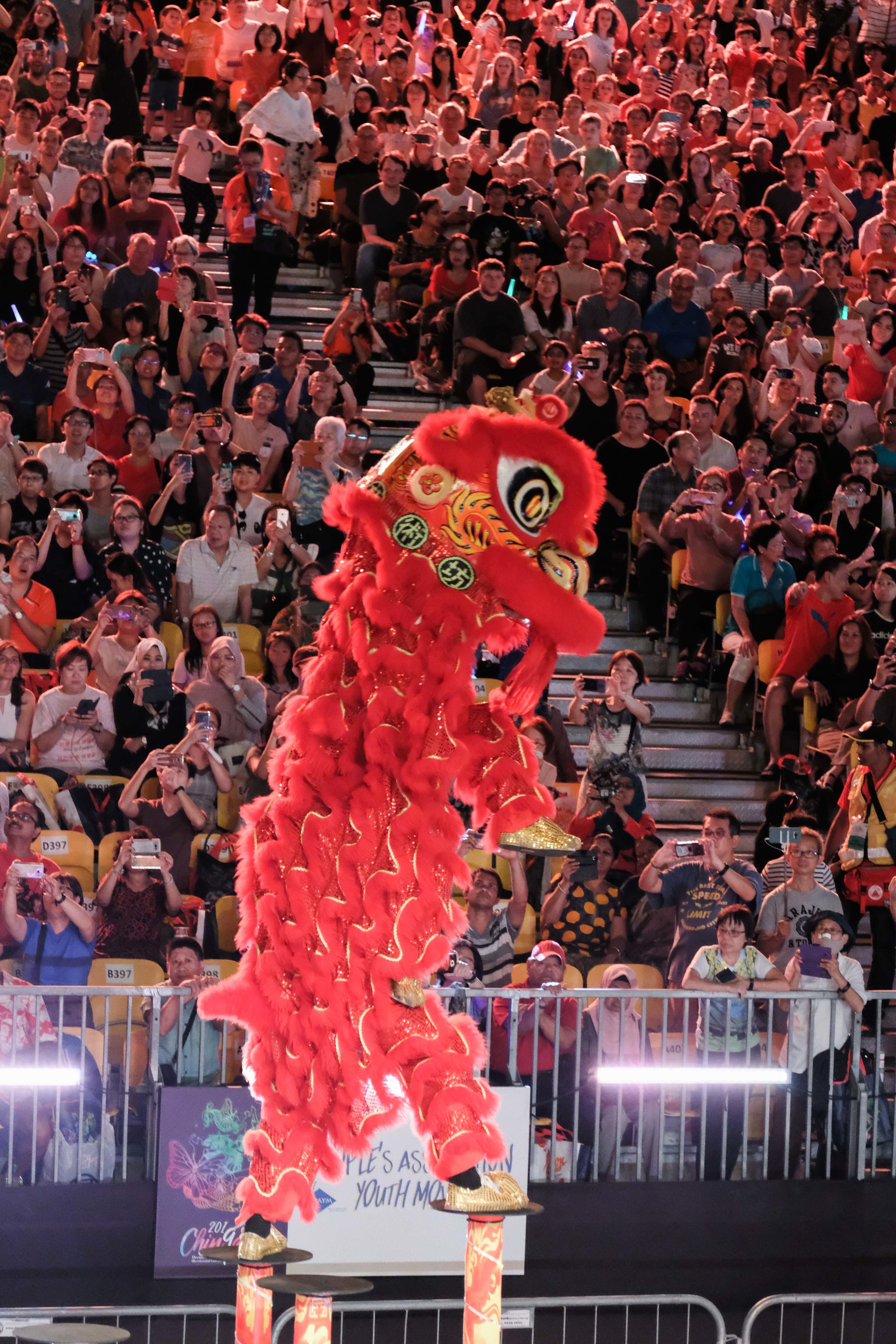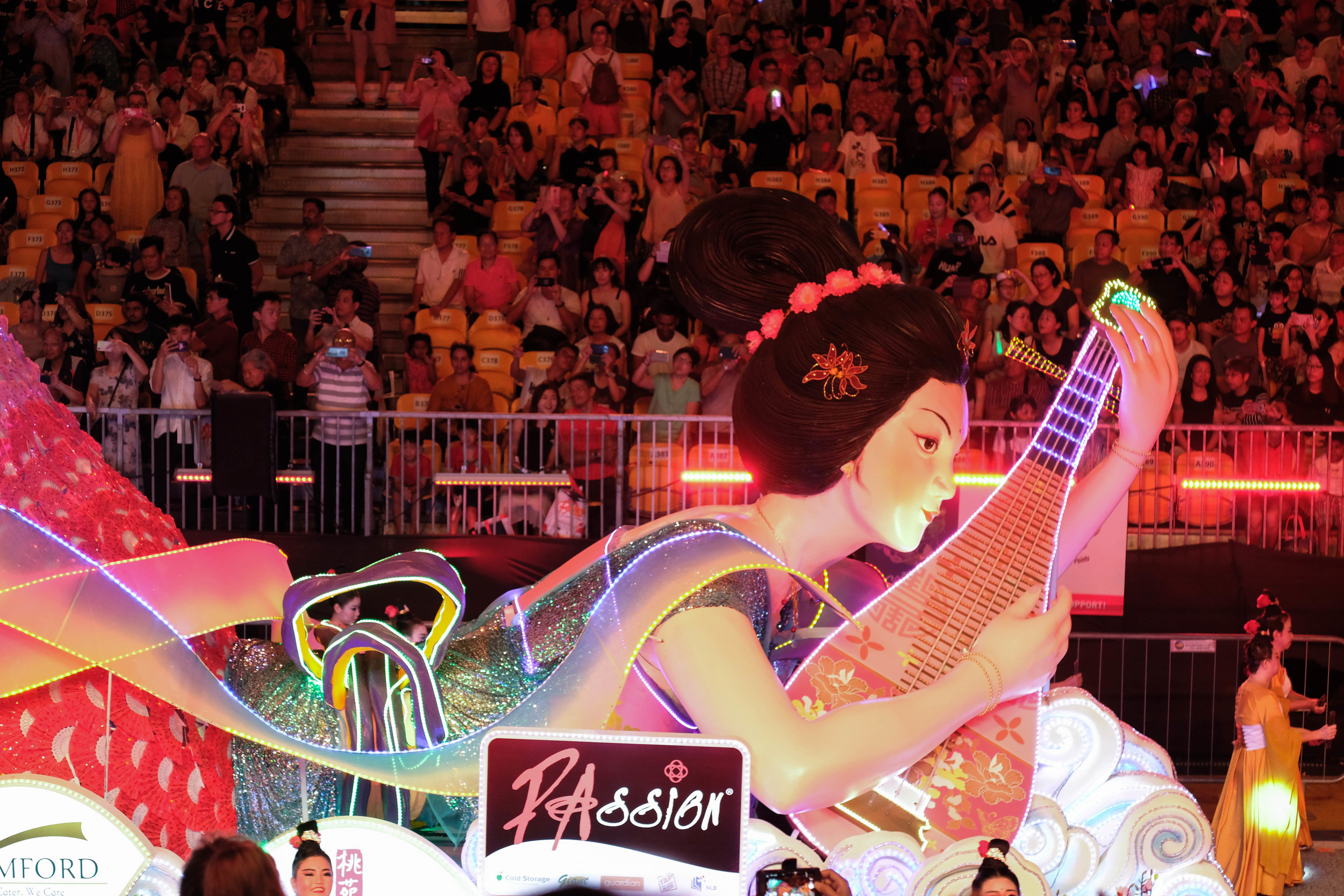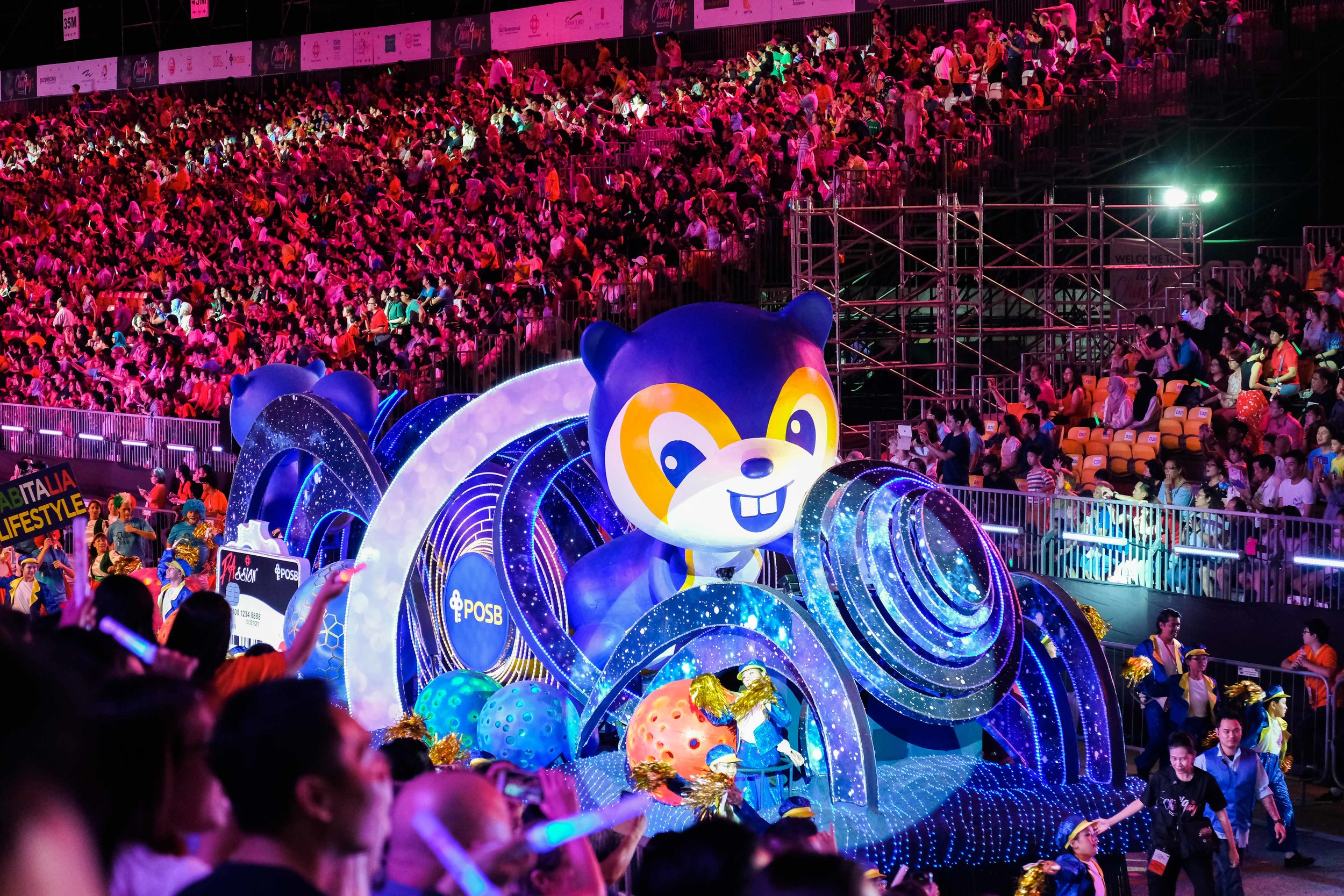Chingay: The Idea of a Parade
by Carolyn Oei and Marc Nair, 17 Feb 2019
If you managed to score a ticket to see the Chingay Parade at Singapore’s F1 Pit Building this past weekend, you might have actually attended it and had some fun. There was, after all, a soap-bubble gun in the goody bag.
We declined the goody bag.
According to the People’s Association (PA), the creators and organisers of Chingay, “[t]he word Chingay…means the art of costume and masquerade in the Hokkien dialect.”
Chingay started out in 1973 as a street parade as part of Lunar New Year celebrations, but has since turned into something of a propaganda Mardi Gras.
And quite a turn from its heritage as a street parade – which many Singaporeans would remember having witnessed for free as children – Chingay is now a closed and ticketed sit-down affair. Minus the military tattoo, Chingay could forgivably be mistaken for a National Day Parade (NDP), except that the latter continues to be free-of-charge.
All the elements of an NDP are on display during Chingay, most notably, the CMIO narrative. It would seem that Singapore’s racial mix can very easily be reduced to Chinese, Malay, Indian and Others. The reductive – and problematic - nature of this sort of compartmentalisation was apparent during the Chingay 2019 parade that we watched.
With the Chinese representation, we think they were going for a classical Tang dynasty feel. Dancing ladies in tight bodices, men in sleeveless tunics and sashes around their waists looking sturdy and strong, not unlike sedan-chair bearers at a wedding. It was hard to tell if they were Mandarin, Hokkien, Teochew, Cantonese, Hakka or even Hainanese. But it ought not to have made a difference because Chinese ethnicity and culture are homogeneous, no?
Just as Malay ethnicity and culture are?
The Malay contingent seemed to be trying to get all of Malay-ness onto one float, a catch-all representation that seemed to highlight only the Bugis seafaring community. We couldn’t help but compare this to the visiting Indonesian contingent that was a smorgasbord of costumes representing all manner of culture and tradition.
Then, there was the Indian representation, spotlighted by a strongly South Indian Tamil vibe.
The Eurasian contingent was represented by the Eurasian Association. 25 dancers in all. It was such a small part of the parade that we missed them completely. It is perhaps akin to how Eurasians are often marginalised in Singapore.
The participants in the parade seemed to be made up mostly of young people and all the aunties in Singapore. Even the elderly were roped in. They looked about as elated as people who had just checked their Toto draw results and didn’t win anything.





